1260 Memorial Drive
Atlanta, Georgia 30316
404-458-1330
I Just Got Sew-In Hair Extensions and They Hurt, Help!
Mikey MoranWhen I need a break from daily styling, I go for a protective style that helps my hair grow. I usually use high-quality bulk braiding hair — it’s low-maintenance and lets me try new looks. Though sometimes my hair extensions hurt if they’re too tight. Sew-in hair extensions are my go-to whenever I want to start fresh or switch things up without damaging my hair.

Who doesn't love a protective style that also allows versatile styling?
There are so many options to choose from when getting a sew-in. But do sew-in extensions hurt? 🤕
Sew-in methods are great because you can experiment with lengths, textures, and colors, but sometimes the install can be painful.

Is Your Sew-In Too Tight?
I would like to say that a tight sew-in should not be "dealt with." 💇🏿♀️ You should not "suck it up," and it does not "come with the territory" of getting a sew-in.A sew-in that is too tight can result in scalp damage and sometimes hair loss, so it is something that you want to take seriously.
Here are three indicators that your sew-in might be too tight:
1. Bumps and swelling around your braids
If you notice raised bumps, redness, or swelling along your hairline or scalp, your sew-in is likely pulling too much at the roots. These are signs of follicle stress, which can lead to hair loss or breakage if you ignore it.
2. Headaches from facial expressions
If you find yourself getting headaches just from smiling, laughing, or raising your eyebrows, the tension from the sew-in is probably too much. This kind of discomfort means the braids underneath are too tight and putting pressure on your scalp and facial muscles.
3. Pain interfering with sleep or daily comfort
You shouldn't have to take painkillers or lose sleep because of your hairstyle. If the tightness keeps you awake or forces you to adjust your head constantly to find relief, it’s time to ask your stylist to loosen or redo it.
How to Loosen a Sew-In Weave
To alleviate tension from an improperly installed sew-in, here are a few things you can do to loosen a tight weave:
#1 Apply an oil
Peppermint oil, tea tree oil, or braid spray are good options to soothe tender areas of your scalp.
These oils have anti-inflammatory properties that can ease irritation and treat any sores you may have.
Our New Life hair growth serum (the very best Black hair growth serum, in our opinion!) can revive your scalp after installing any type of extensions with a combination of oils and moisturizers.
However, remember to use these oils sparingly to avoid any adverse effects. Overusing oils can clog your hair follicles, lead to product buildup, and cause scalp inflammation or breakouts. A heavy hand can also weigh down your extensions, making them feel greasy or look unclean.
#2 Apply a steaming towel to your scalp
Moisture is your friend! You can reduce your pain if you can loosen the weave and adjust the tracks.
Water can help create slippage among the extensions and thread so you can manipulate your hair slightly more. Steam will temporarily soothe your scalp.
I only recommend this method if you don't mind restyling your hair, or if you have a kinky curly hair texture.
#3 Cut some of the threads
Another way to ease the pain of tight sew-in extensions is to cut off some threads.
Be very strategic about this step.
I have cut thread and ended up with a few tracks bobby-pinned into my braids.
You also don't want to cut your hair mistakenly; that could be tragic.
You should always cut the stitches around the areas with tension and proceed to pull or feel around the area you cut to ensure you are cutting the correct piece of thread and not your hair or extensions!
#4 Go back to your stylist
Sometimes the pain is so unbearable that you may have to return to your stylist to get your hair redone, taken down, or loosened.
Of course, it’s best to speak up while your stylist is working on your hair — whether sew ins or wigs — the first time, but maybe you didn’t realize just how painful your sew-in was until you got home.
While it is easier to correct a painful sew-in while you are still in the chair, if you paid $250 for a style that is unbearable, it's your right to have it corrected professionally for free.
Your stylist should know how to loosen a sew-in. Politely explain the problem, show them what is going on, and ask what can be done. A good stylist will want you to be satisfied.

Do Sew-In Weaves Hurt?
No, they shouldn’t hurt if your stylist installs them correctly. However, your scalp may feel a little tender for the first 24–48 hours due to the tension from braiding and the weight of the extensions. That’s normal and should ease quickly.
No matter if you prefer long or short hair, pain beyond that time frame could mean your sew-in is too tight. This can happen if the braids underneath are too small or pulled too firmly, or if the extensions are sewn in with excessive tension. In this article, we’ll explain why sew-ins can sometimes be painful and, more importantly, how you can prevent that discomfort during and after the install.
5 Reasons for a Tender Scalp Post Sew-In
A little scalp tenderness after a sew-in isn’t unusual — I’ve felt it myself more than once. It usually fades after a day or two, but sometimes it sticks around longer. If your head’s still sore, one of these reasons could be why:
#1 The braid down is creating too much tension
The braid down, also known as the foundation of your sew-in, is essential to a flawless sew in install.
However, the tension from braids, if your stylist does them too tightly, can cause discomfort to your scalp.
Too-tight braids can result in swelling or bumps around your scalp, known as tension bumps. Tension bumps are inflamed hair follicles due to the literal tension on your hair.
#2 The sew-in is too tight
Similar to the braid down, your stylist also wants to ensure your tracks are secure.
Because a person keeps a sew-in for an average of 4 to 6 weeks, your stylist will always work to make sure that your style will last.
Therefore, they will sew tightly to avoid them coming out. However, this can be problematic when determining whether it's your braids or the tracks they’ve sewn in too tight. We'll discuss more of this later.
By the way, if you want your human hair braiding weave or other type of weave to last as long as possible, human hair bundles are a good option because they last a long time with good care and maintenance.
#3 You are not hydrated
I know this sounds crazy, but I promise you this is true! A dehydrated scalp can stop the production of natural oils in your scalp and lead to a dry, itchy scalp. 🌵
Unfortunately, adding extensions and subjecting your scalp to tension and pulling can aggravate your scalp even more.
This irritation can take the situation from bad to worse. It can cause your dry, itchy scalp to become inflamed and sore to the touch.

#4 You might be tender-headed
You've probably heard a friend or someone else you know use the phrase "tender-headed."
But if you haven't, the term means exactly what it says — their head is "tender" and sensitive to pain.
Those who are tender-headed are more sensitive to pain when getting their hair done.
Even the slightest pulling while detangling can cause extreme discomfort. Due to this, these people may have a hard time getting sew-ins, ponytails, and braided hairstyles due to the pain.
And we don't mean to interrupt, but if you are getting a braided hairstyle and looking for bulk braiding hair, boho braids, or another style, please check us out.
In addition, because their scalps are more sensitive, styles that aren't typically painful may be very painful for someone considered "tender-headed."
While being tender-headed is somewhat common, sometimes sew-in extensions can result in a tender scalp. In fact, when you’re weighing sew in hair extensions pros and cons, this kind of discomfort is definitely something to consider.
#5 You might have a metal allergy
This one’s less common, but worth checking — especially if you’re using micro rings or nano rings. If your scalp feels irritated and it’s not from tight braids, you could be reacting to the metal in the fittings. Some people have mild metal sensitivities and don’t even know it until the itch kicks in.
Is Your Weave Too Tight? Speak Up!
The one thing you can do to avoid this painful experience is to speak up! Unfortunately, sometimes clients hesitate to speak up and tell their stylist when they feel pain during their install.
Some hairstylists are heavy-handed and braid too tight. Simply speaking up could make a huge difference in your hairstyle and, most importantly, scalp health.
Your stylist may be unaware of the discomfort you are experiencing, so don't be afraid to speak up as soon as possible.
From your side, you should only have to prepare for the sew ins, then communicate discomforts only.
Once the service is complete, a stylist will be less inclined to want to take down all of their hard work and re-do your hair. The moment you're sure your hair is too tight, inform your stylist of your discomfort and ask them to braid with less tension.
 Weave Pain Isn’t Part of the Look
Weave Pain Isn’t Part of the Look
When I started getting sew-ins often, my stylist tried to create a flat look around my edges, and she would pull so tight at the thread that I would develop white tension bumps.
I told my stylist that it was too tight around my edges. When it was all said and done, we figured out that she could leave some of my edges out so as not to pull them so tight when she braided.
Many people only realize this once it is too late, but over time, extremely tight sew-ins can lead to breakage or worse: You can permanently damage your hair follicles or experience traction alopecia because of a tight sew-in.
Even though now the majority of us focus on leaving our edges out of our sew-ins, the crown area of our scalp can also experience damage when we’re wearing hair extensions.

Learn to Be Painlessly Beautiful
Private Label has beautiful hair textures in various lengths and standout shades like 27 color hair that we’re sure you’ll want to invest in!
Investing in this hair means you can wear it comfortably, knowing the health of your scalp isn't in jeopardy.
Review these tips and share additional suggestions in the comments below on how you have gotten past extreme scalp pain. 👇🏿
Frequently Asked Questions
Is it normal for sew-in extensions to hurt?
You might feel some tightness or soreness at first, but sew-in extensions shouldn't cause ongoing pain if your stylist installs them properly.
Is it normal for your head to hurt after a sew-in?
It’s common to have mild scalp tenderness after a sew-in, especially within the first 24-48 hours.
How to sleep comfortably with sew-in extensions?
Sleep on a satin or silk pillowcase and wrap your hair in a satin scarf or bonnet to reduce tension and prevent tangling.
What are the disadvantages of sew-in hair extensions?
Sew-ins can cause scalp irritation, tension headaches, or breakage if your stylist installs them too tightly or you wear them for too long.
How long do sew-in extensions stay in?
You can typically keep sew-in extensions in for 6 to 8 weeks with proper care.
Can you wear your hair up with sew-in extensions?
Yes, you can wear your hair up with a sew-in, especially if the stylist places the tracks strategically for versatile styling.

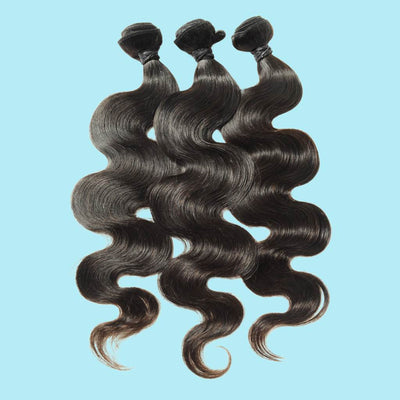
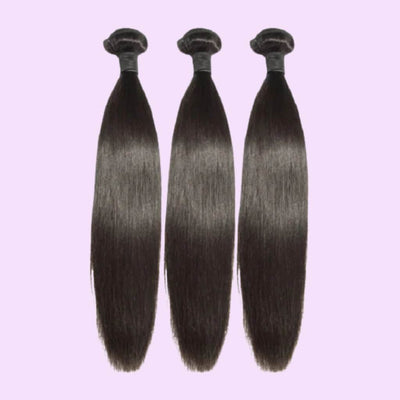
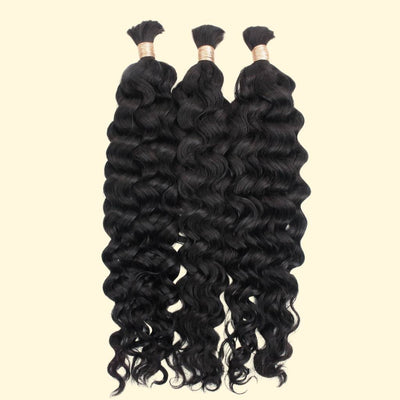
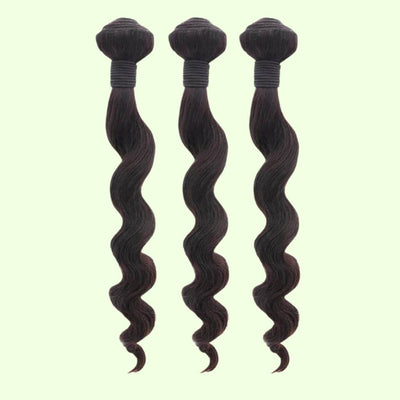
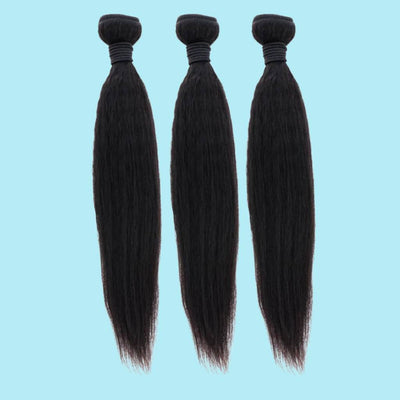
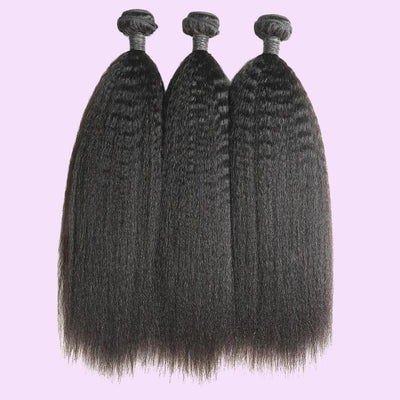
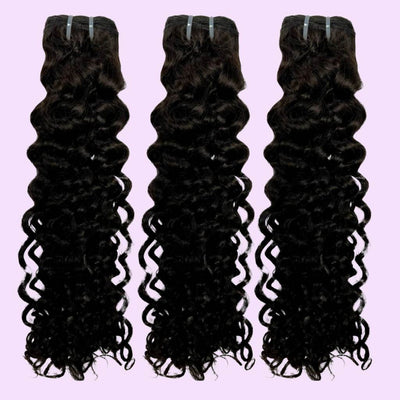
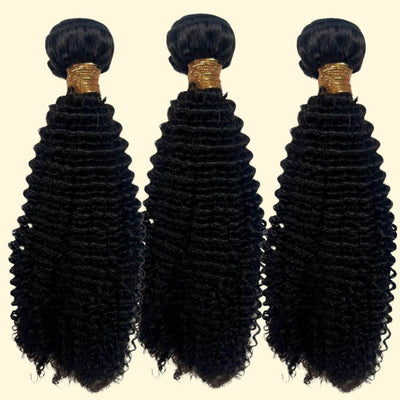
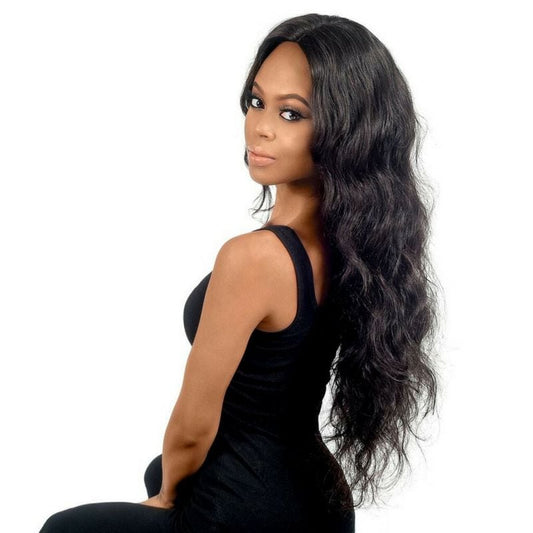
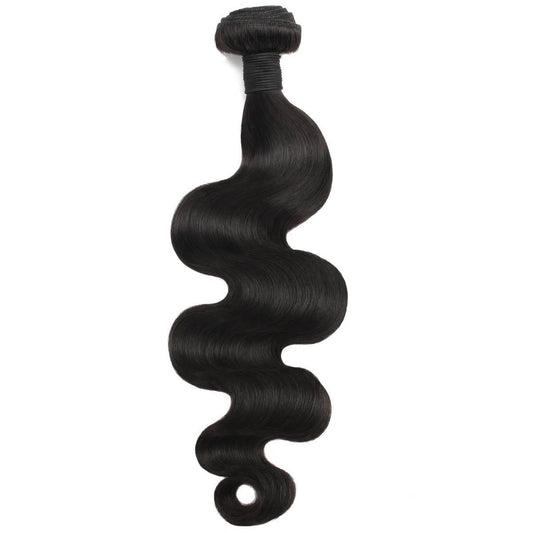
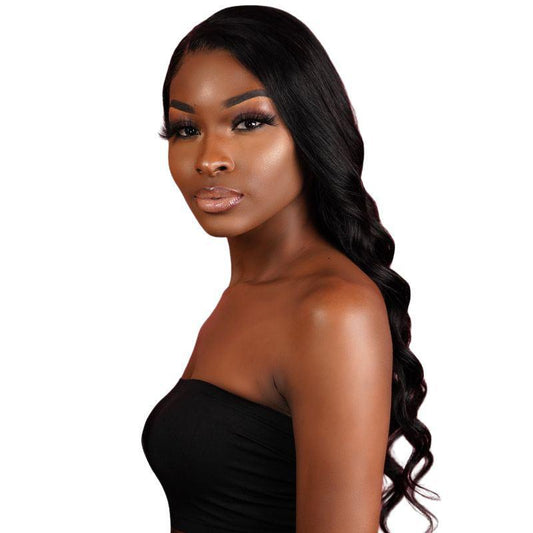
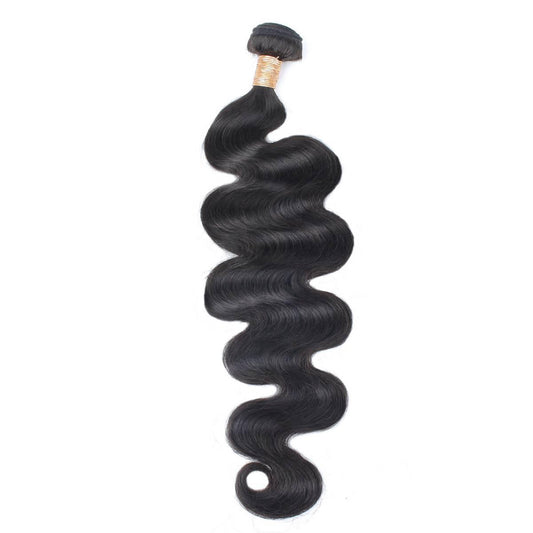
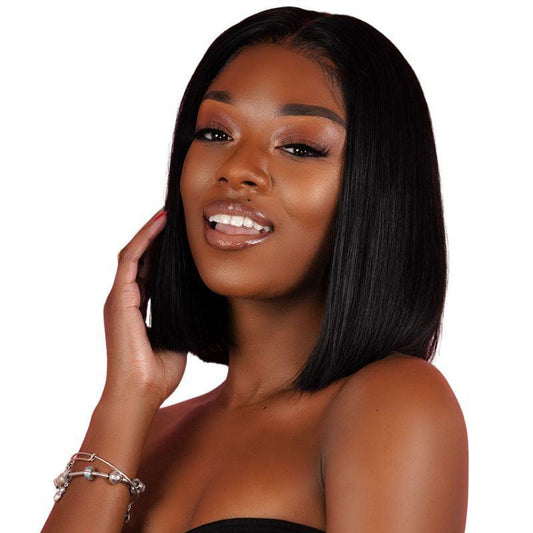
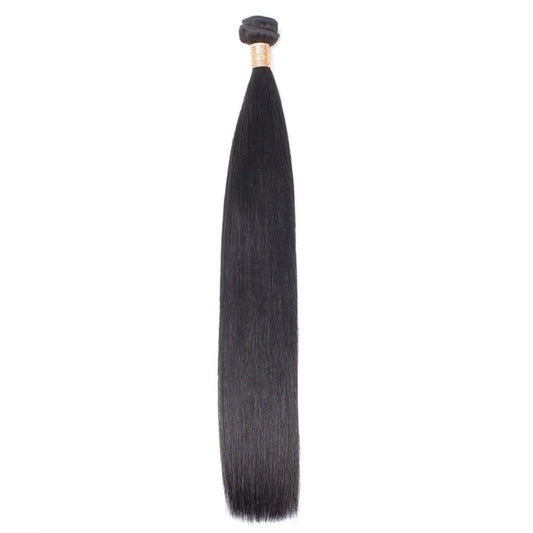
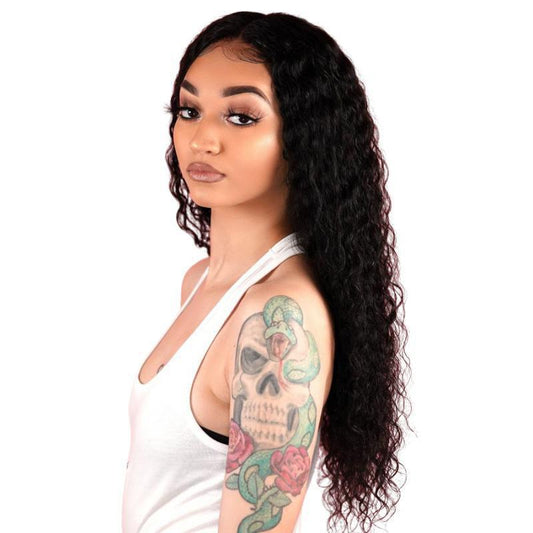
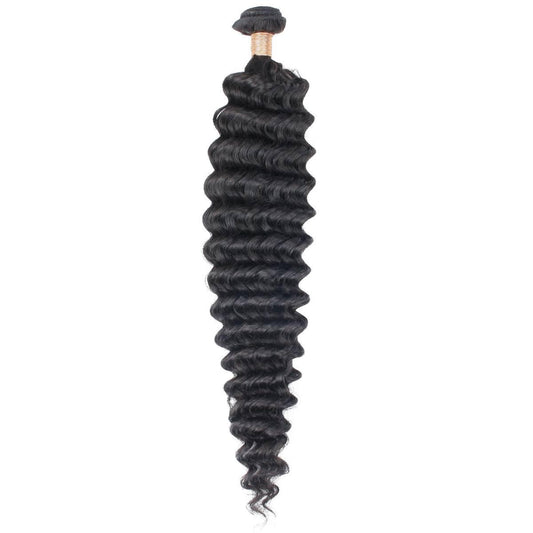
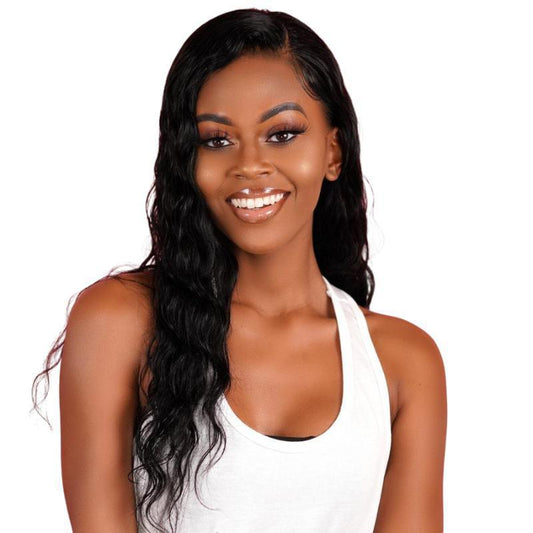
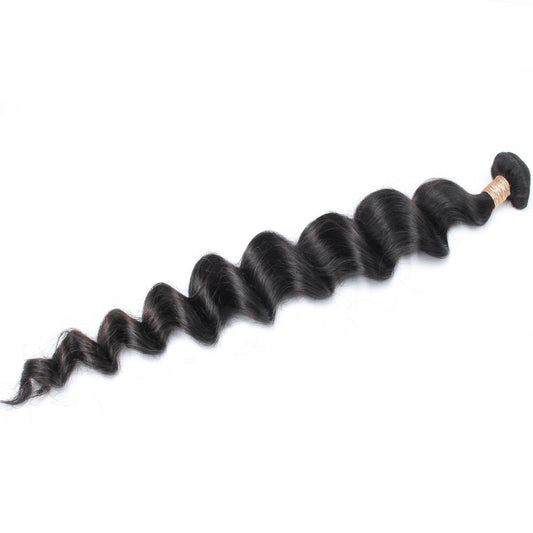
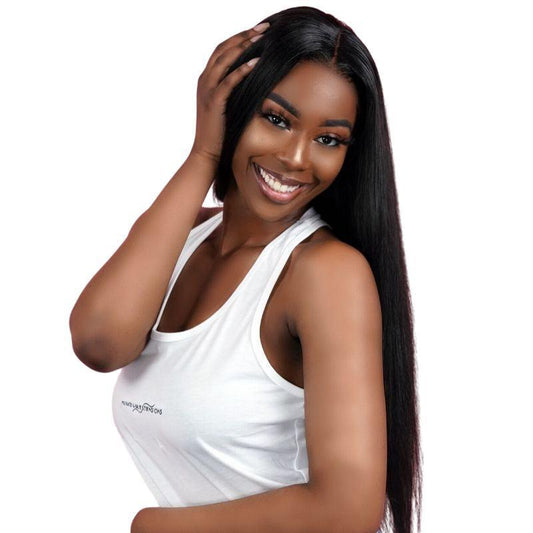
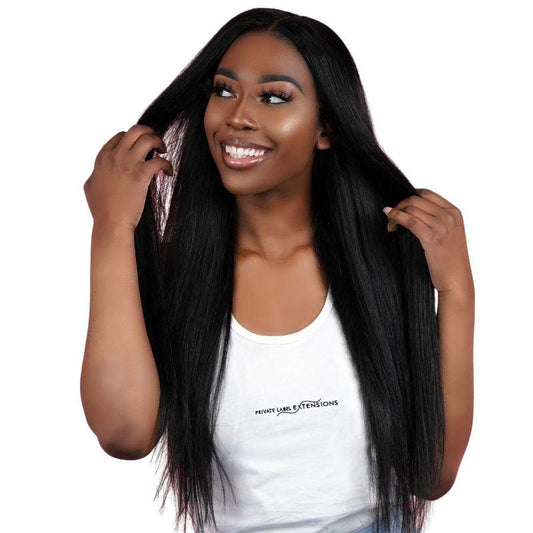
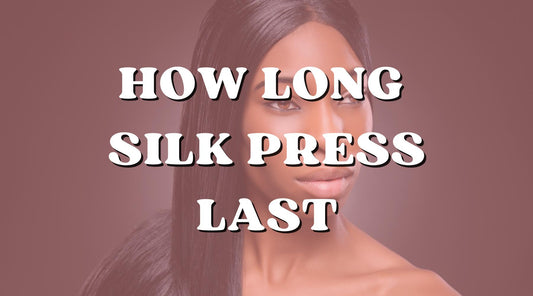
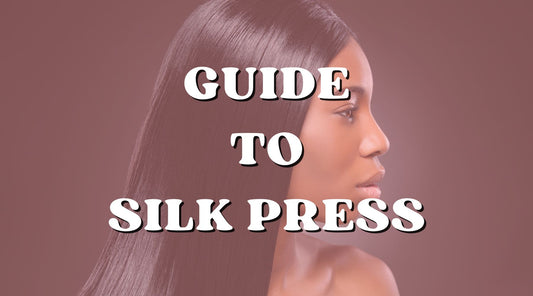
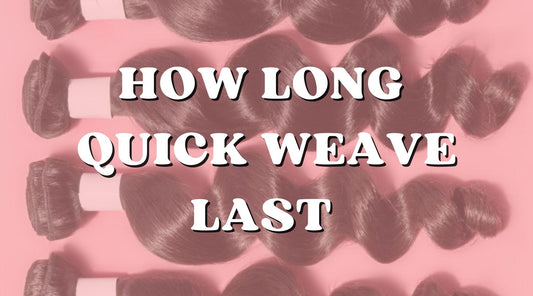

2 comments
I’ve experienced this too! It’s so frustrating when sew-in extensions hurt. Thanks for sharing these tips on how to handle it. I’ll definitely try some of these next time.
Thanks for sharing these helpful tips! I’ve been considering getting sew-in extensions but was worried about the pain. How long did it take for your scalp to feel better after trying these remedies?